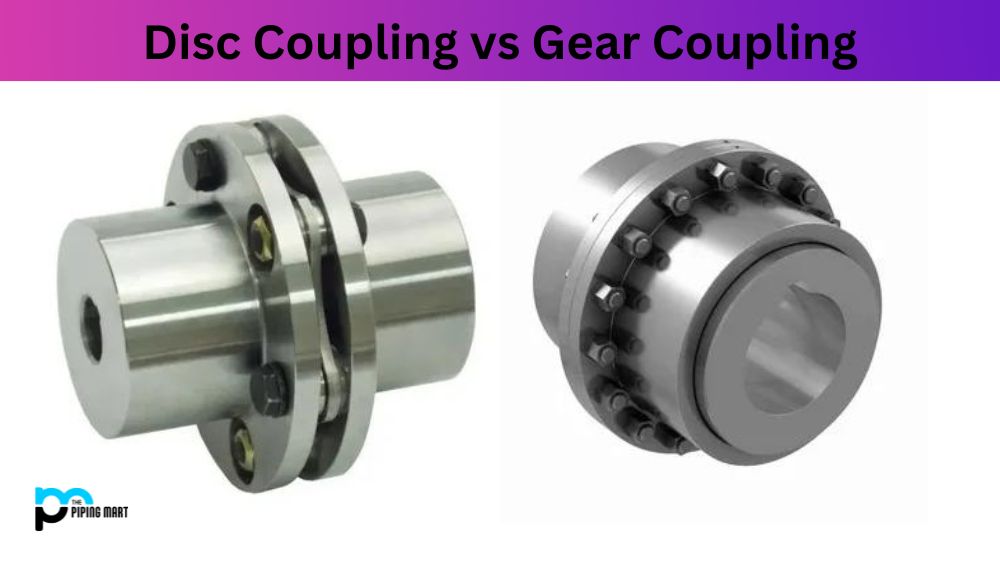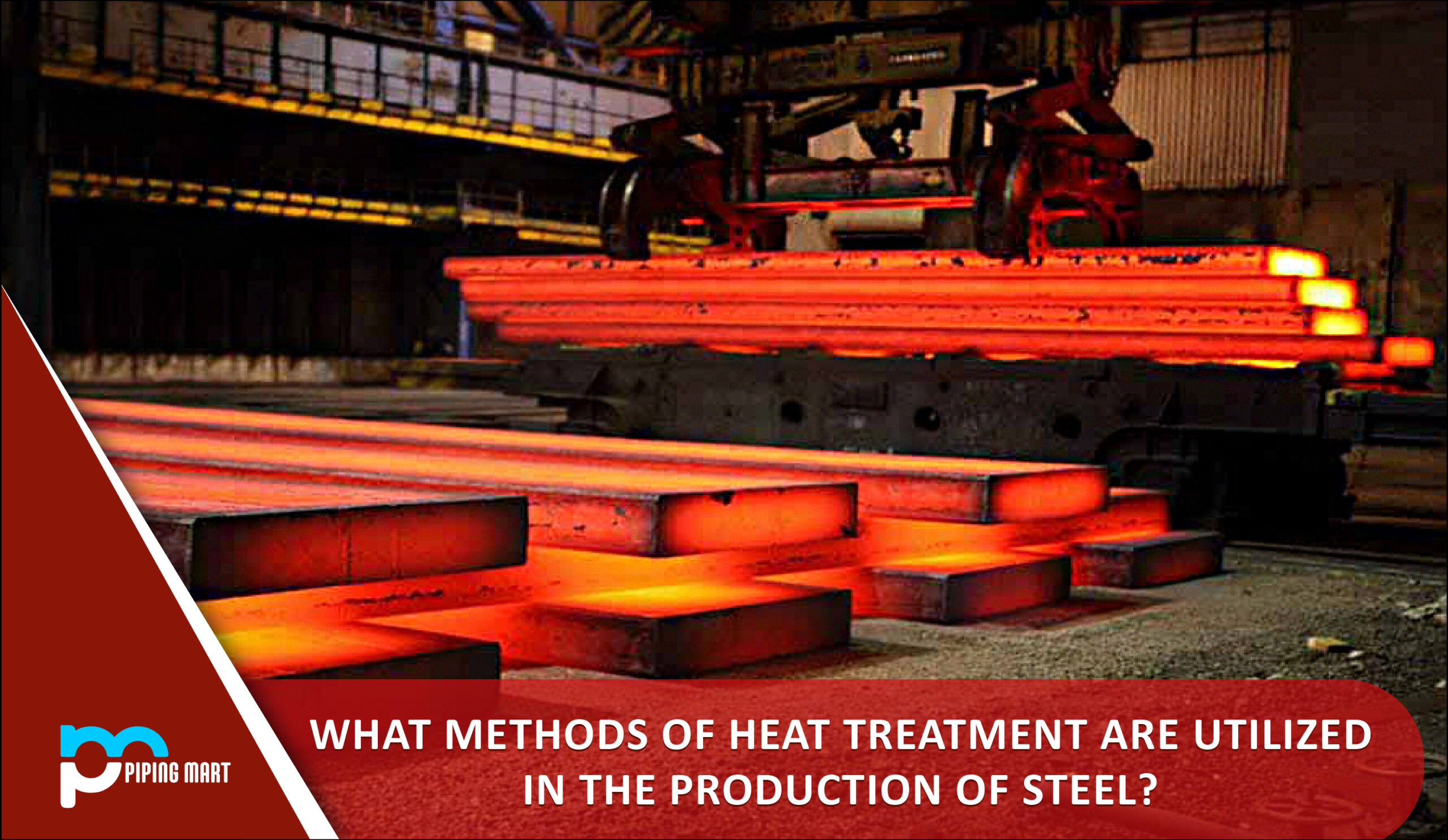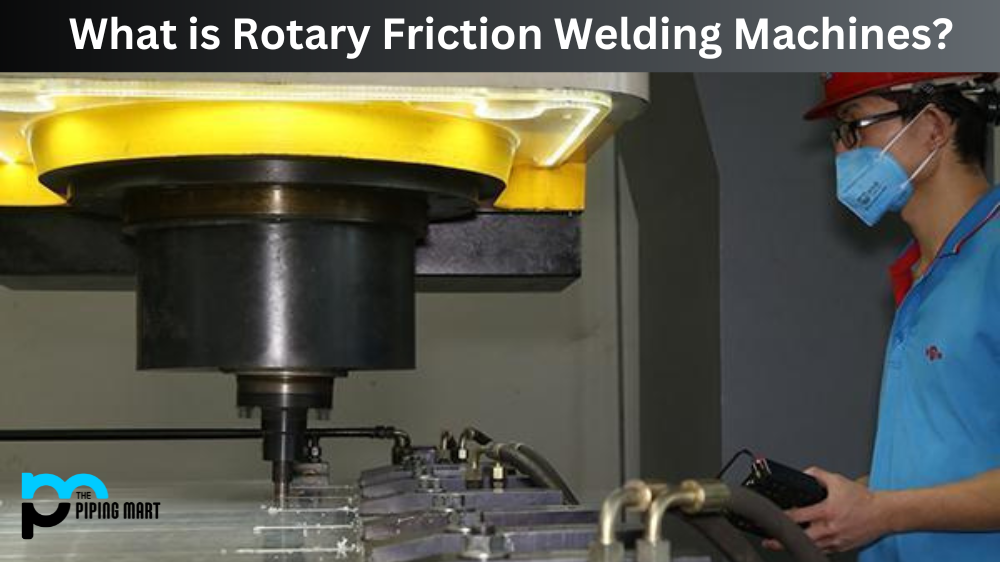In power transmission applications, coupling is essential to ensure smooth operation. The two common types of coupling used in industrial equipment are disc coupling and gear coupling. Both coupling types have advantages and disadvantages, and understanding the differences between them is crucial in selecting the right one for your application. This blog post will explore the difference between disc coupling and gear coupling, their characteristics, and their uses.
What is Disc Coupling?
Disc coupling is a type of coupling device that is used to connect two shafts to transmit torque between them. It is made up of two metallic discs that are clad with flexible interface elements. These elements can be made from rubber or urethane and serve as a buffer to absorb vibrations and misalignments between the shafts. Disc couplings are highly durable and reliable, making them popular in various industrial applications.
What is Gear Coupling?
A gear coupling is a mechanical coupling used to transmit torque between two separate shafts that are not aligned. It consists of two separate hubs with external teeth that mesh together, transmitting torque between them. Gear couplings can accommodate angular misalignment, parallel misalignment, and axial misalignment, making them suitable for various applications, from industrial machinery to marine propulsion systems. Its design ensures maximum transmission efficiency, minimal maintenance, and a long service life.
Difference Between Disc Coupling and Gear Coupling
Design:
The fundamental difference between disc coupling and gear coupling lies in their design. Disc couplings consist of metal discs stacked together and bolted between two hubs. These discs are flexible and designed to absorb misalignment between shafts. Gear couplings come with two hubs and external gears that transmit torque from one shaft to another. The gear coupling uses teeth that mesh with gear teeth on the opposing hub to transmit torque between shafts.
Misalignment Compensation:
Disc coupling and gear coupling are suitable for different types of misalignment compensation. Disc couplings are designed for applications where the unavoidable misalignment between two shafts is angular and requires compensating in addition to axial and radial compensation. The metal discs absorb the angular misalignment, and the flexible design allows the coupling to compensate for axial and radial misalignment. In contrast, gear couplings are suitable for applications where the misalignment is axial or radial. The external gears in a gear coupling allow axial and radial movement between two shafts.
Torque Capacity:
Gear couplings transmit a higher amount of torque than disc couplings. This is because the external gear teeth on a gear coupling are designed to mesh together, transmitting torque from one shaft to the other. In contrast, disc couplings rely on the friction generated between the surfaces of the metal discs to transmit torque. Therefore, gear couplings are typically used in applications that require higher torque transmission capabilities than disc couplings.
Maintenance:
Disc couplings are relatively easy to maintain compared to gear couplings. The metal discs are self-centering and can compensate for minor misalignments, which makes installation more straightforward. On the other hand, gear couplings require careful alignment during installation. Gear couplings also require frequent lubrication to prevent wear and maintain performance. Gear couplings are generally more complex to disassemble and reassemble for inspection and maintenance.
Application:
Disc coupling and gear coupling are suitable for different applications. Disc couplings are suitable for applications requiring medium torque like pumps, compressors, and generators. They also suit applications with higher misalignment requirements, such as industrial gearboxes. Gear couplings are ideal for applications where higher torque transmission capabilities are required, such as crane hoists, rolling mills, and large blowers.
Conclusion:
In conclusion, disc and gear coupling are two types of couplings used in industrial applications to transmit torque between two shafts. Disc coupling and gear coupling differ in design, misalignment compensation, torque capacity, maintenance, and suitability for different applications. Choosing the right coupling largely depends on the application’s requirements, including the torque required, the degree of misalignment, and the ease of maintenance. With the information in this blog post, we hope you can choose the right coupling for your needs.




